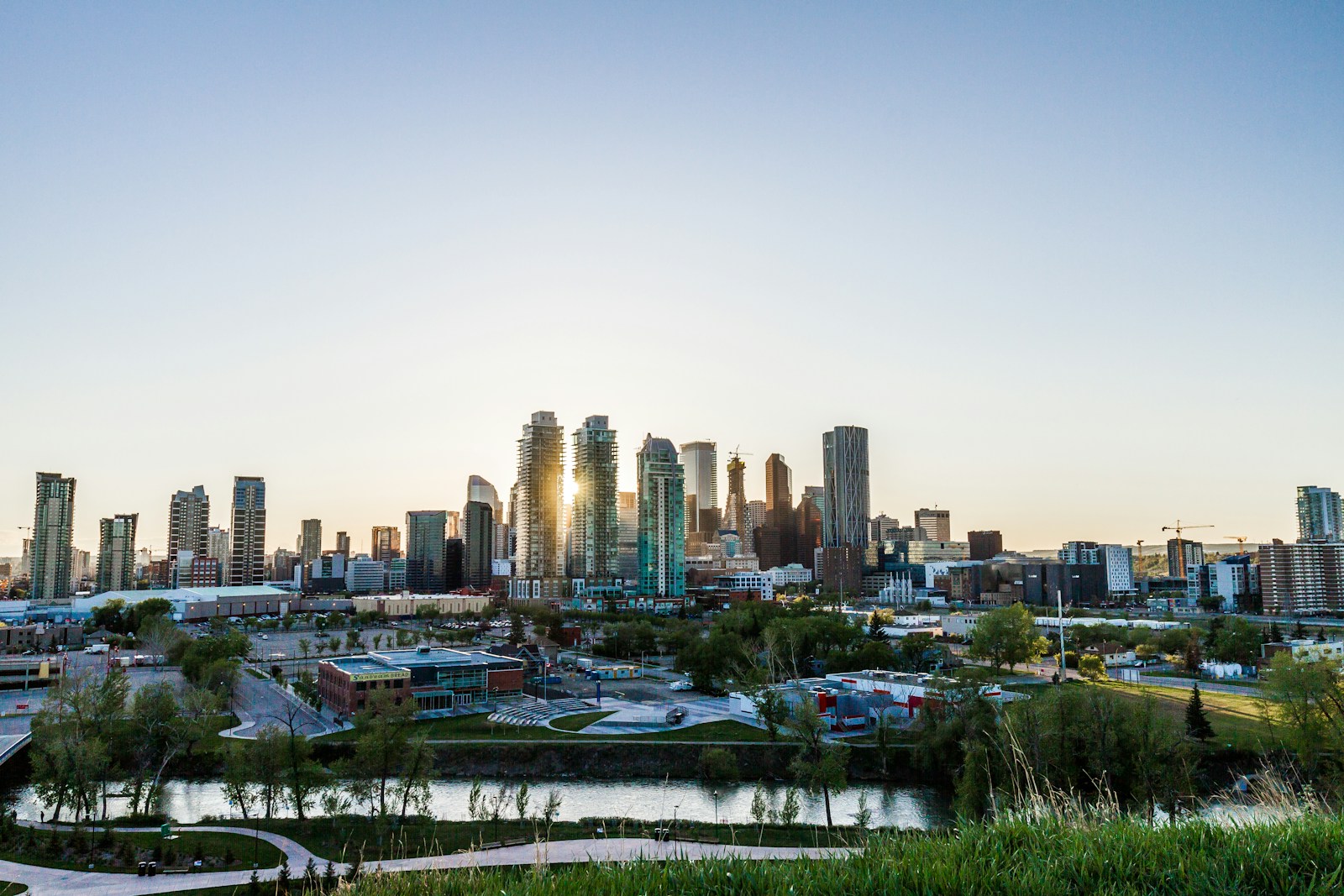Modern cities are often characterized by sprawling infrastructures, towering skyscrapers, and the constant hum of construction. In the race to urbanize, the essence of community can sometimes be lost beneath layers of concrete and steel. Yet, there is a movement that champions an alternative approach, one that places culture at the heart of city-building. Calgary's East Village stands as a testament to this philosophy, where an entire locality's resurgence is anchored in cultural foundations rather than mere brick-and-mortar developments.
Reimagining Urban Development
The revitalization of Calgary's East Village represents a paradigm shift in urban planning. What was once a neglected area is now being celebrated as a vibrant cultural hub that pays homage to the city’s history while boldly striding into the future.
This transformation didn’t happen overnight. It began with a vision that recognized the latent potential of the forgotten space at the confluence of two rivers—a site rich with natural beauty and historical significance.
In a marked departure from conventional urban redevelopment, where emphasis is often placed on large-scale infrastructure projects, Calgary's approach was decidedly more organic. The aim: to breathe life into the east-village by nurturing its cultural soul. This innovative strategy has proven to be more than an aesthetic choice—it's an investment in creating a sustainable and flourishing community legacy.
The Cultural Heartbeat of East Village
The philosophy driving East Village's development recognizes the integral role culture plays in fostering a sense of belonging. Residents have witnessed this cultural bloom, with amenities and attractions popping up, transforming the neighborhood into one that's both a delight to live in and a destination to visit.
The culprits behind East Village's allure? Cultural anchors like the National Music Centre, which not only preserves Calgary's musical heritage but also propels it forward through live performances and exhibitions. The awe-inspiring Central Library doesn't merely stock books; it's a nucleus for community activities and cultural events.
Then there's the EV Junction and the RiverWalk initiative, both injecting life into public spaces by celebrating local creativity—from the hustling spirit of entrepreneurs to the soul-touching eloquence of artists. Not to forget the Simmons Building, whose transformation from a historic structure into a culinary mecca reflects the broader metamorphosis of the East Village—where history and modernity coalesce deliciously.
A Blueprint for Tomorrow
The East Village narrative is about more than seaside sunsets and stunning architecture. It's proof that community-centric development is not just viable but vibrantly successful,showcasing how cities can indeed be built around the needs and spirits of their residents.
The master planners behind this visionary concept,CMLC understood that a city's heart beats not through its freeways or skyscrapers, but through the communal experiences and cultural richness its environment fosters. By prioritizing these elements, Calgary has not only changed the complexion of urban living in East Village but has also set an unprecedented standard for future developments.
This "cultural first" framework has demonstrated that when public spaces celebrate and serve the community, urban centers are transformed from places people pass through to places where they belong.
The Proof is in the Community
The rebirth of East Village is a bold affirmation that cityscapes can indeed be reshaped with foresight and intentionality. The $400-million public investment that served as the initial catalyst has already prompted nearly $3 billion in private investment, signaling confidence in this communal approach.
The sentiments of many East Village residents who now view the district as a vibrant, welcoming home. Whether it's through the hum of the market, the rhythm of music at the National Centre, or the tranquil flow of the RiverWalk, each element of East Village converges to form an intricate mosaic—a diverse yet coherent cultural fabric.
As urban planners and visionaries study the revitalized East Village's brick paths and art-lined streets, they glimpse the power of culture as both an anchor and a sail. We glean invaluable lessons on how to build communities with people, not just structures, at the core.
This journey from decay to renaissance, driven by a commitment to cultural respect, exemplifies just how profoundly a city's identity can be reinvented. It underlines the truth that durable urban legacies are not built with concrete—they are woven from the rich tapestries of community life.
Ultimately, East Village is a clarion call to urban developers and city leaders worldwide. It implores us to pivot towards a vibrant model of city development rooted not in the quantity of our structures but in the quality of our communities. It is here, at the confluence of rivers and dreams, where we discover that cities can indeed be built community-first, creating permanent backdrops against which countless individual stories can unfurl.
The lesson is clear: when culture leads, legacy follows.
